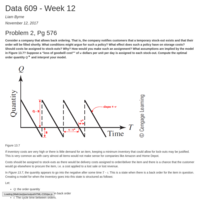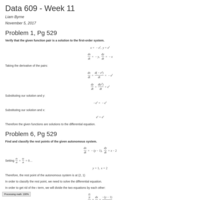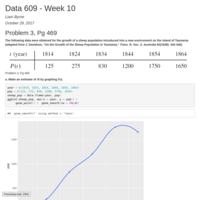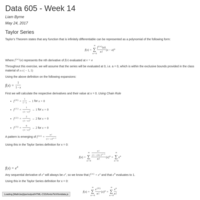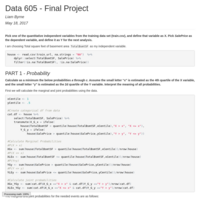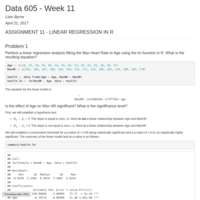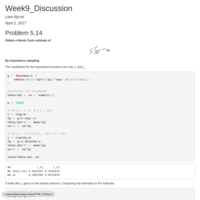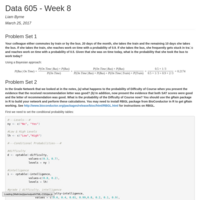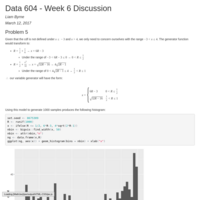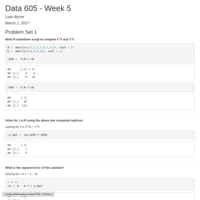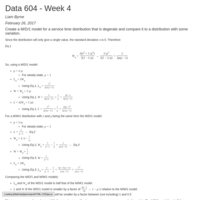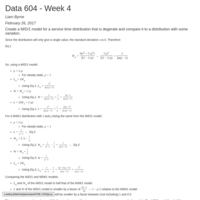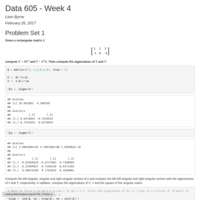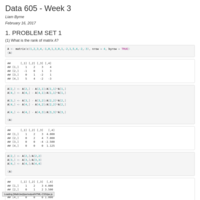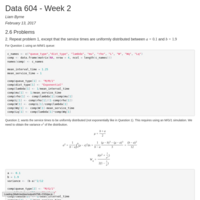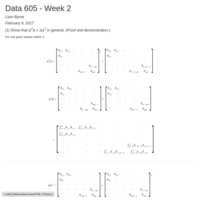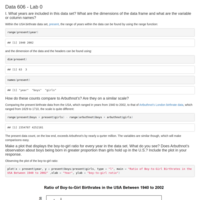Recently Published
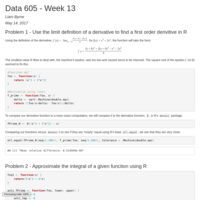
Data 605 - Week 13
ASSIGNMENT 13 - NUMERICAL INTEGRATION AND
DIFFERENTIATION

Data 605 - Week 12
Using cross validation in estimating mpg given 4 variables
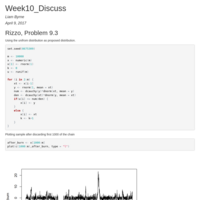
Data 605 - Week 10 Discussion
Metro-Hastings Sampler

Data 605 - Week 10
Exploring Google's Page Rank

Data 605 - Week 9
Proving the Central Limit Theorem through Simulation

Data 605 - Week 1
Using R to perform basic matrix procedures and creating a function to solve a system of equations without the aid of tools in R

Data 604 - Week 1
Using 100 simulations of an exponential distribution of sample size 30, the distribution of the means and minimums are discussed.
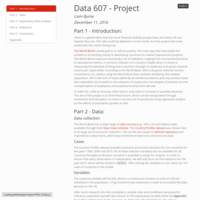
DATA 606 - Project
A regression analysis of GNI ~ population growth using data from the World Bank.
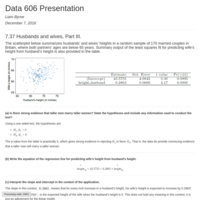
DATA 606 - Presentation
A presentation on Problem 7.37 from OpenIntro Statistics
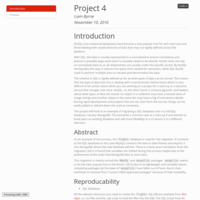
Data 607 - Project 4
As an example of this process, the `flights` database is used for the migration. R connects to the SQL database (in this case MySQL) converts the data to data frames and exports it into MongoDB, where the new database will live. There is a fairly exact translation from the migration, but it is found that variables are shifted during the process maybe due to the preferences of the order that MongoDB likes to store data.
This migration is mainly carried the `RMySQL` and `mongolite` packages. `mongolite` seems to be the new, popular kid on the block (~2015) due to its lightweight and versatile nature; competing packages (at the dawn of `mongolite`) have fallen out of favor due to their overhead or removal from "current CRAN approved packages" because of their instability.

Week 11- Recommender Systems
A look at Flipboard and the methods of optimizing UX through recommender systems
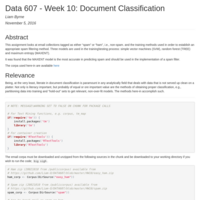
Week 10 - Document Classification
This assignment looks at email collections tagged as either "spam" or "ham", i.e., non-spam. and the training methods used in order to establish an appropriate spam filtering method. Three models are used in the training\testing process: simple vector machines (SVM), random forest (TREE) and maximum entropy (MAXENT).
It was found that the MAXENT model is the most accurate in predicting spam and should be used in the implementation of a spam filter.
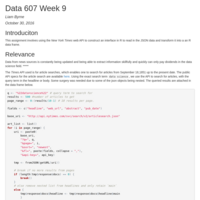
Data 607 - HW 9
Using the NYTimes API
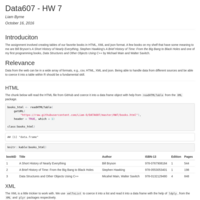
Data 607 - HW 7
Creating HTML, json and XML objects and reading them into data frames
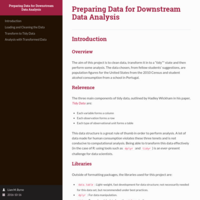
Data 607 - Project 2
Using tidy data principles, transform data and perform analysis with tools form dplyr and tidyr

Data 607 - Lab 3
Normal data distribution.

Working with Semi-Structured Data
From a semi-structured text file, regex and R packages are used to create and export a data table
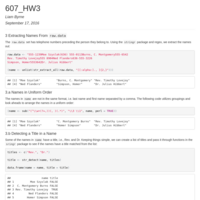
Data_607_HW3
Using regex to ascertain data
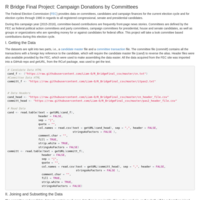
R Bridge Final Project
Using FEC data, basic tools for statistics, subsetting and plotting are used to analyze committee contributions for the 2016 election
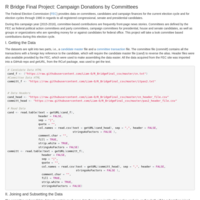
R Bridge Final Project
Using presidential election contributions from committees, some of RStudio's basic tools are used to subset the data, provide some basic statistics and visual the data with plotting tools.
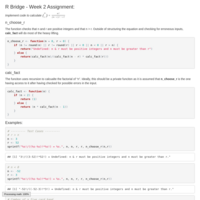
R Bridge: Week 2 HW
Creating user defined functions to calculate the binomial coefficient, i.e. n-choose-r

R Bridge: Week 4 HW
Using graphical tools in R to display data
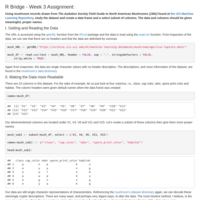
R Bridge: Week 3 HW
Using subsets and altering data
